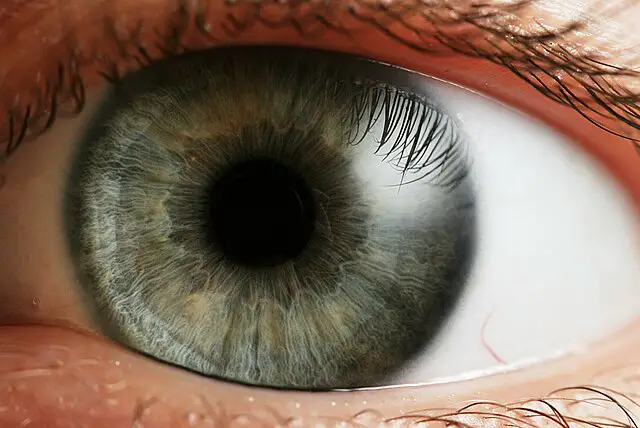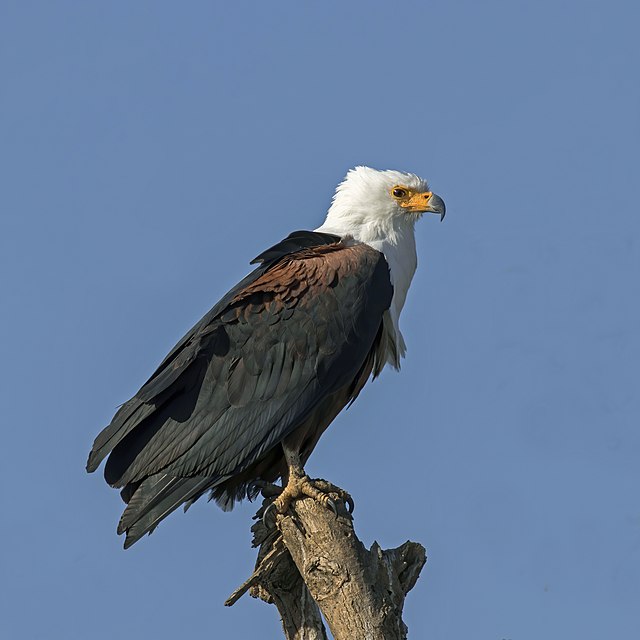Imagine standing atop a 10-story building, gazing out at the world below. The city hums with life—tiny figures rushing down sidewalks, the distant blur of traffic, and birds gliding overhead. But now, sharpen your focus. Suddenly, you spot an ant scuttling across a leaf on the street, its legs delicately lifting and falling. Colors burst into vibrant life—what once looked green now reveals a thousand shades, from deep emerald to sunlit lime. UV light dances on flowers, painting them in surreal hues only insects and birds can see. Your vision stretches far and wide, nearly 360°, leaving no blind spots.
This is the world through the eyes of an eagle—nature’s most formidable predator. With eyes that can detect ultraviolet light, see colors more vividly, and spot prey miles away, eagles boast a vision that’s nothing short of superhuman. But what would it mean for us if we could see like them?

Zoomed In on the Impossible: Eagle Vision vs. Human Vision
Eagles are masters of detail, possessing eyesight up to eight times sharper than ours. While a person with 20/20 vision can read a sign from 20 feet away, an eagle could read it from 160 feet. Their large, densely packed retinas and powerful lenses allow them to focus with extraordinary precision, while a deep fovea—a region in the eye responsible for sharp vision—gives them the ability to spot prey from two miles away.
Colors Beyond Our Imagination
Humans perceive colors through three types of cone cells—red, green, and blue. Eagles, however, have a fourth cone cell sensitive to ultraviolet light. This means they can see a spectrum far beyond our grasp. The UV spectrum reveals patterns on flowers, trails of urine from small mammals, and even the subtle sheen on feathers—details that make hunting and navigating the world easier.
360-Degree Awareness: A Predator’s Edge
Eagles’ eyes are positioned on the sides of their heads, giving them a field of vision nearly 360°. Imagine never having to turn your head to spot danger—whether it’s a car approaching from behind or a friend waving from across the street. This panoramic awareness keeps eagles alive in the wild, allowing them to scan vast landscapes for prey or threats.
The Superpowers We’d Gain—and the Challenges We’d Face
With eagle vision, humans would gain extraordinary capabilities—tracking objects in flight, reading fine print from across a room, and seeing the hidden ultraviolet world. But life with super sight wouldn’t be all easy. The sheer amount of visual information could be overwhelming. Imagine seeing every hair, speck of dust, and texture in crisp detail—daydreaming during a lecture would be impossible!
Super Vision, Super Life?
If we had eagle vision, our perception of the world would be transformed—details we overlook would become vivid realities. The line between superpower and curse would blur. Would we adapt, or would the overload of detail drive us to distraction? Eagle vision isn’t just a marvel of nature—it’s a glimpse into a world we can only imagine. So, the next time you see an eagle soaring high, remember—it’s not just flying; it’s witnessing a world far richer than we ever could.

